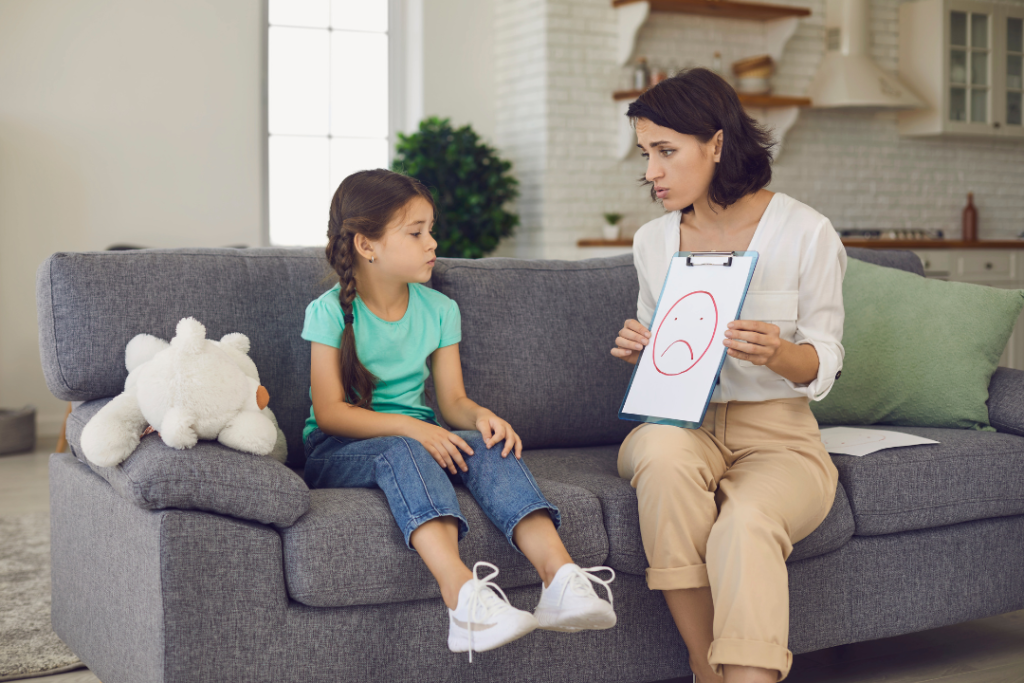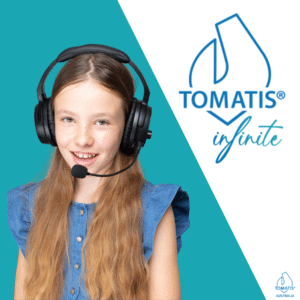Anya, a vibrant 25-year-old with a quick wit and a creative mind, had always struggled with the complexities of everyday life. Growing up, she was often labelled as “scatterbrained” or “daydreamer.” Little did she know, these challenges stemmed from ADHD, a condition undiagnosed until her early twenties.
Anya excelled academically, showcasing a knack for problem-solving and a unique perspective. However, the demands of adult life proved to be a formidable challenge. Employed as a marketing coordinator at a bustling tech startup, Anya found herself constantly overwhelmed by the barrage of emails, meetings, and deadlines. Her mind, racing with ideas, often drifted, making it difficult to focus on the task at hand.
Despite her intelligence and enthusiasm, Anya found herself struggling to meet expectations, and her self-esteem began to dwindle. Deadlines loomed, and despite her best efforts, she frequently missed important nuances or misinterpreted instructions. This pattern of underperformance took a toll on her self-esteem, leaving her feeling incompetent and undervalued.
Socially, Anya yearned for genuine connections but found herself stumbling over words or losing track of conversations. Her rapid-fire thought process often led to interruptions or tangential remarks, making it difficult for others to engage with her. The fear of being seen as impulsive or inattentive created a self-imposed isolation, leaving her feeling lonely and misunderstood.
Desperate for a solution, Anya explored various time management techniques and organisational tools. While these strategies offered some relief, they did not address the root of her challenges. She felt trapped in a cycle of frustration and self-doubt, convinced that she was destined for a life of mediocrity.






